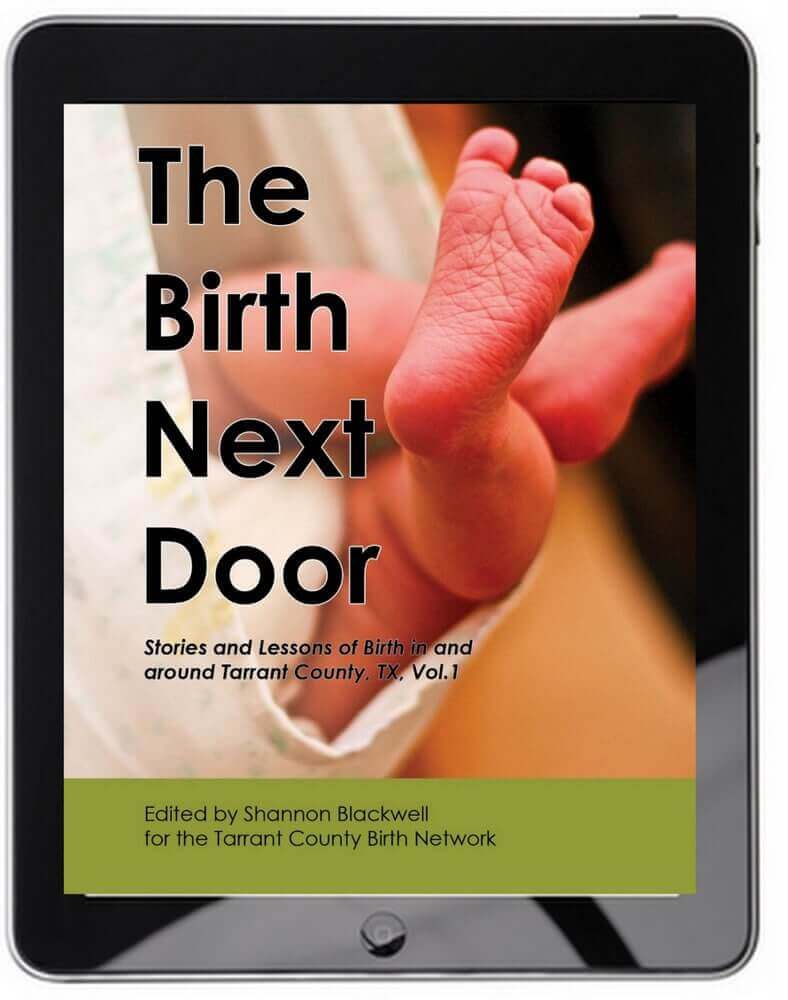I Don’t Know About You . . .
But there was never a point in my life where I said to myself, “Gee, I think I’d like one of my best friends in the world to have a rubber-gloved, front row seat while I push my baby out.”
And yet, that’s exactly what happened. My good friend Dr. Cindy attended Katie’s birth as my chiropractor, then Micah’s as my chiro and primary midwife. Just for thematic consistency I’d love for her to act as chiro, midwife and maybe birth photog with baby #3, but unfortunately the prenatal visits would require a 12 hour trek back to our home state.
Needless to say, when I found out I was expecting, it was pretty hard to pick up a (virtual) phone book and start calling random midwives in our new hometown.
Now, I’m not sure how it happened . . .
But I found an AMAZING birth team on the first try. It was almost as if someone sprinkled fairy dust on my phone and said –Bippity! Boppity! Birth! –which annoyed me a bit. I like to make well-researched decisions, so even though I pretty much knew after our first conversation I created this checklist to make sure I had all my bases covered.
How To Choose A Midwife That Is Right For You
Step 1: Ask Yourself What Kind Of Birth You Want
There are several types of midwives, some which have formal education and some who do not (such as lay midwives). The most common types who have completed training for midwifery are Certified Nurse Midwives (CNM’s) and Certified Professional Midwives (CPM’s). Most CNM’s practice in hospitals, while CPM’s have specific training and expertise in out-of-hospital births.
So what kind of birth do you want? A natural hospital birth? A waterbirth at a birth center? To birth at home? Don’t worry if you’re not sure, you can interview midwives who work in different environments. Ask them about the pros of working with them, and the cons of the other environments. Then ask the same question and see what the other side says.
Step 2: Skulk
Okay, don’t skulk exactly, but look around a bit. Check out potential midwives websites to read up on their overall philosophy, services offered, certifications held, what clients have to say about them, etc. If you have friends who have birthed with a midwife, have a similar birth philosophy to yours, and had a good experience ask for a recommendation. From this pool create a list of midwives you’d like to interview (usually 2-4).
Step 3: The Interview
Here are 40 questions to get you started, plus 44 more to pick and choose from. I personally would also ask about their position on using fetoscopes instead of dopplers and sonograms. (This is just my personal preference)
Step 4: Trust Your Instincts
Though everyone I interviewed for Babypotamus #3’s birth was well-qualified, I just knew after talking with Jordan of Your Birth Midwifery that I’d found my team. It wasn’t just that she was the first to mention the Weston A. Price Foundation and asked my if I’d read Food Renegade’s new book, Beautiful Babies. It wasn’t even that her partner, Daphne, graciously accepted raw milk during our interview and didn’t flinch when I had a nice cold glass myself. Those things definitely helped, but it was more of a gut thing, which is something I deeply trust when making these kinds of decisions.
Step 5: Repeat Step 4 As Needed
If at any point your original birth plan or choice of care provider feels like it is no longer the right choice for you, give yourself permission to alter the plan. Women who were 100% gung-ho about hospital birth have switched to a midwife at 40 weeks and vice-versa. Do what you feel is in the best interest of your baby.





